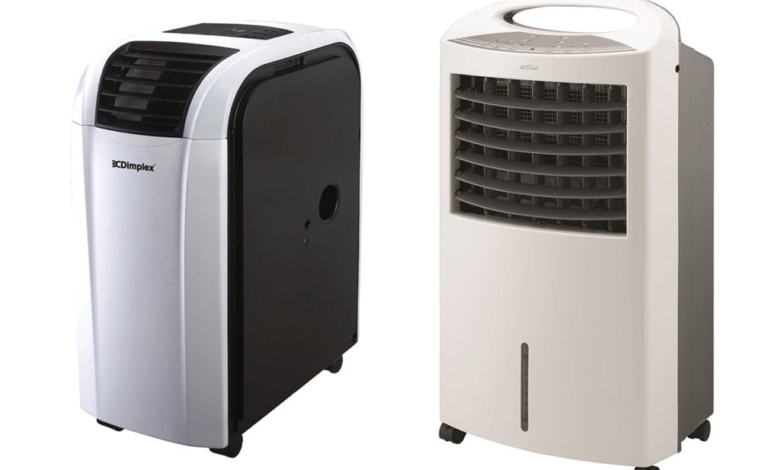Escape Heat The Natural Way With Evaporative Air Conditioners

What is an evaporative air conditioner? Evaporative conditioners, also called evaporative coolers or swamp coolers are cooling systems that rely on the evaporation of water to cool and moisten the air. They are becoming popular for several reasons, such as the ease of installing and moving them, the lower energy and financial costs, and the naturalness.
An evaporative cooler is considered natural because it applies the principle of evaporation and uses water as the coolant, in contrast with refrigerants that use Freon and similar coolants. The cooling unit works in this way: first, water is drawn from the tank into the cooling of where it is cooled. Then, environmental air is taken in, filtered to remove dust and other airborne allergens, and then passed over the cooling pad. The air is moistened and cooled, then circulated.
How to use an evaporative cooler
- Purchase an appropriate model:Depending on the size of your home, office, or yard, find a model that fits. Your local technician can recommend a model based on your needs.
- Fun a central position for the unit: It is best to place the unit in a central location, from where cool air can be calculated around your home. Make sure to remove obstructions to airflow and keep the passages dust-free.
- Fill the water tank:The evaporative unit relies on water to cool the air. Fill the tank. Ensure the water is clean and pure.
- Connect the power plug and start the air conditioner.
Care/maintenance
Your evaporative air conditioner requires regular cleaning and inspection to keep it in good shape.
- Inspect the water level before each use; it helps to identify low water levels and potential leakage early.
- Inspect the working parts monthly. These parts may get corroded by water remnants.
- Clean the tank and cooling pad regularly. They are potential sites for the growth of mold and stale odors. Wash and rinse the tank and air the cooling pad.
Applications
- Indoor use: Evaporative coolers can be used indoors at home, schools, offices, worship centers, etc. You can open the windows and doors, as it does not operate a closed cooling system.
- Outdoor use: Large open areas, patios, fields, etc., are some outdoor places where they can be deployed.
The unit may eventually develop faults; it is best to call in a technician to fix those you are not qualified to handle.

